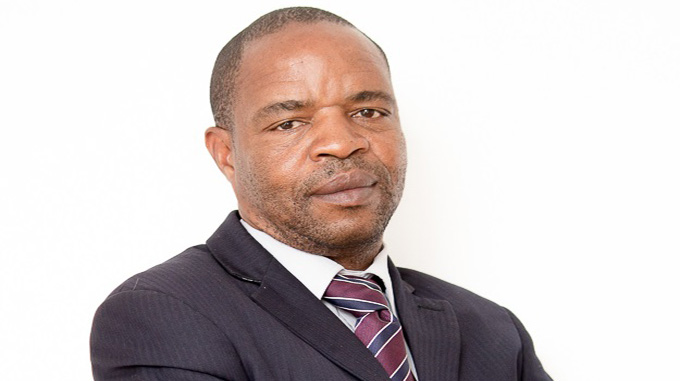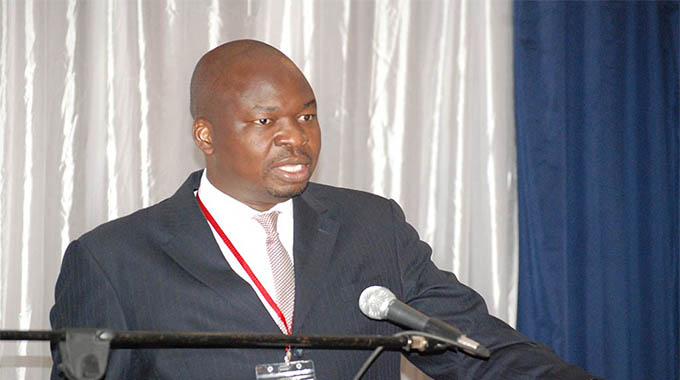ZETDC loses US$15million to vandalism

Andile Tshuma, Chronicle Reporter
THE Zimbabwe Electricity Supply Authority needs US$15 million to replace vandalised equipment and eliminate unscheduled power cuts in the country amid reports that the power utility is mulling intensifying load shedding.
In a statement on their official Twitter page, the power company’s subsidiary, the Zimbabwe Electricity Transmission and Distribution Company (ZETDC), said vandalism of infrastructure had left more than 30 000 households without power countrywide.
“Up to 30 000 households are without power due to vandalism of about 4 000 transformers, cables and associated materials. ZETDC needs about USD15 million to replace the stolen materials,” said ZETDC.
Due to rising consumption, the power company said members of the public must expect longer hours of load shedding than the ones stated in the published time tables.
ZETDC, however, said if consumption lessened, the power company could cut the load shedding hours.
“The published load shedding schedule is a guide for planning purposes & is not fixed. If supplies improve on a given day, the shedding will be shorter than stipulated and if supply deteriorates, then shedding will be longer than advertised,” said the power utility in a statement.
The power company applauded the police for their efforts in the fight against infrastructure vandalism through campaigns and apprehension of suspects. In an interview recently, Zesa public relations manager Mr Fullard Gwasira said the theft of copper cables was crippling the parastatal’s operations.
“Last year alone, we lost US$5 million due to vandalism of infrastructure, primarily theft of copper cables. We lose a lot of revenue and it becomes difficult to work on new projects and develop the country when we have to keep on replacing vandalised equipment,” said Mr Gwasira.
He said a disturbing development is that copper cable thieves are now cutting down poles or burning them to access power lines.
Mr Gwasira said burning poles to get cables was contributing to veld fires.
“We are battling veld fires and deforestation as a result of the actions of these copper cable thieves,” he said.
According to recent reports, stolen copper cables are melted and then smuggled to markets such as South Africa, Mozambique and Zambia where a tonne of the metal can fetch as much as US$30 000.
In 2016, four men suspected to be part of a smuggling syndicate were arrested at the Plumtree Border Post while trying to smuggle 915 kilogrammes of copper worth US$18 300 out of the country. The men were reportedly bound for South Africa to sell the copper when they were intercepted at the border.
Meanwhile, ZETDC could get some relief after Mozambique offered to export power to Zimbabwe and Zambia in exchange for further reduced generation at Lake Kariba, to cut down on water released by their hydro power plants whose discharge is worsening overflow at Cahora Bassa Dam.
If this materialises, the offer will provide huge relief for the two countries that have already whittled electricity generation at Kariba North and South amid concerns over fast receding lake water levels due to drought in the dam’s catchment areas.
However, even at the reduced power output levels, the two hydro power stations at Lake Kariba still release significant amounts of water, which have worsened the situation at the already overflowing Cahora Bassa Hydro Electric Dam.
The Zambezi River Authority has since rationed water consumption by Zimbabwe and Zambia’s power utilities, Zesco and Zesa, which will see them generating at prescribed thresholds, 358 megawatts for Zimbabwe and 392MW for Zambia.
Zimbabwe and Zambia generate power on the northern and southern banks of the Lake Kariba wall and share equally water from the world’s largest man-made inland lake, which is, however, receding fast following the drought last season.
Zimbabwe has over the last four years needed an average of US$40 million to import power to avert rolling power cuts that rocked the country since 2007 and in the end accumulating debts of US$80 million.
Mozambique, which operates the largest hydro power scheme in the region, is experiencing serious challenges dealing with dam overflow at Cahora Bassa Hydro Electric Dam following two recent powerful tropical cyclones.
Zimbabwe and Zambia have started electricity-supply restrictions following one of the worst droughts on record caused plunging water levels at the hydro-power dams it relies on for almost all its supplies, the state-owned power utility said. — @andile_tshuma










Comments